Getting pulled over can feel tense, even when you have done nothing wrong. Heart rate goes up, thoughts race, and it is easy to forget what you are legally required to do and what you are allowed to refuse. In Canada, traffic stops are governed by laws meant to balance public safety with personal rights. Understanding those rights gives you confidence and helps keep the interaction calm and controlled. The goal is not to become confrontational. The goal is to stay clear, steady, and informed.
You Must Pull Over Safely
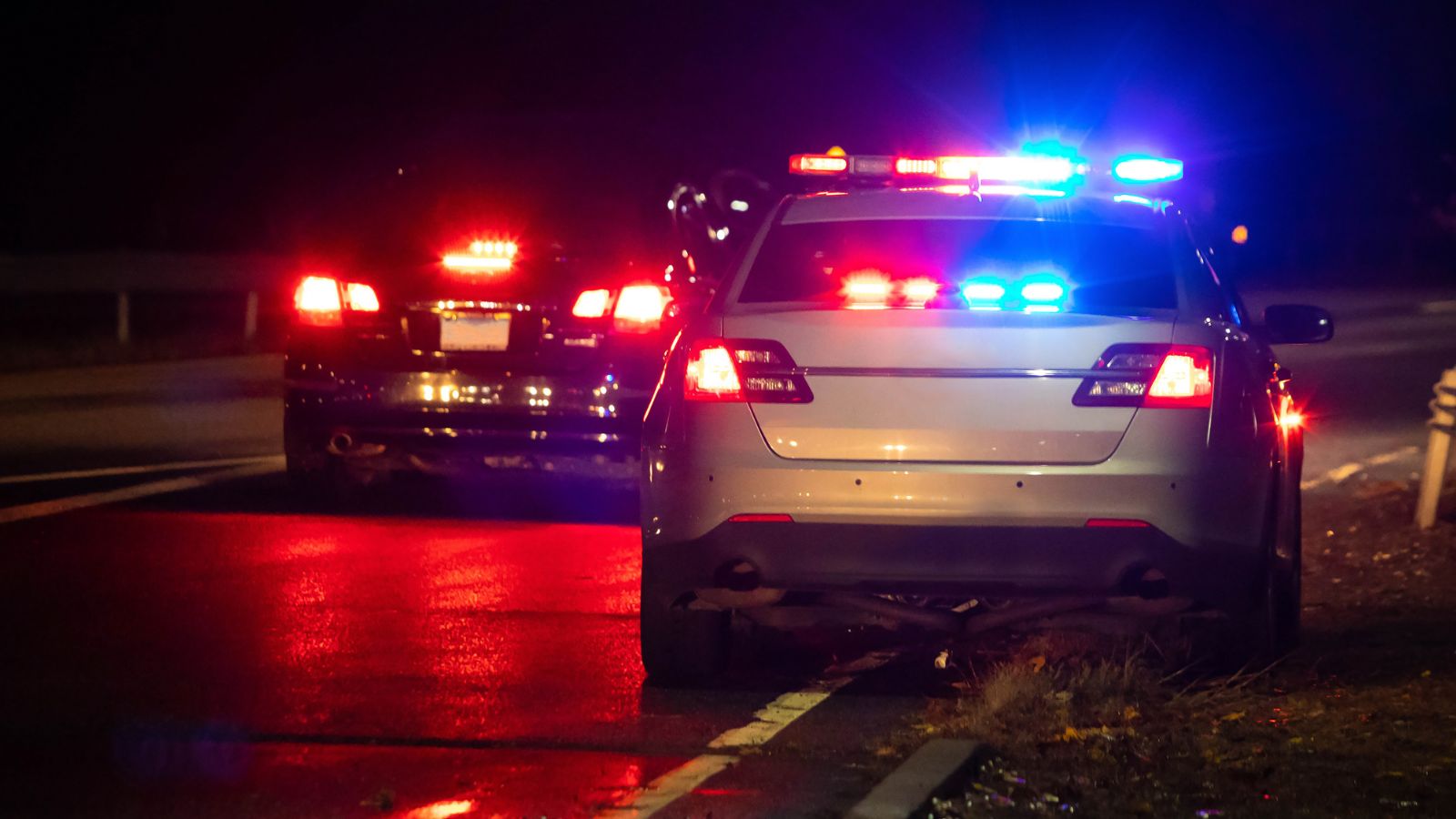
When police signal you to stop, you are required to pull over. Do so carefully and choose a safe location. This could be the shoulder of the road or the nearest parking lot if the shoulder is narrow. Slowing down with your hazard lights on lets the officer know you see them and are complying. You do not need to slam on the brakes or pull over instantly. A smooth stop shows you are in control and not attempting to evade.
Keep Your Hands Visible
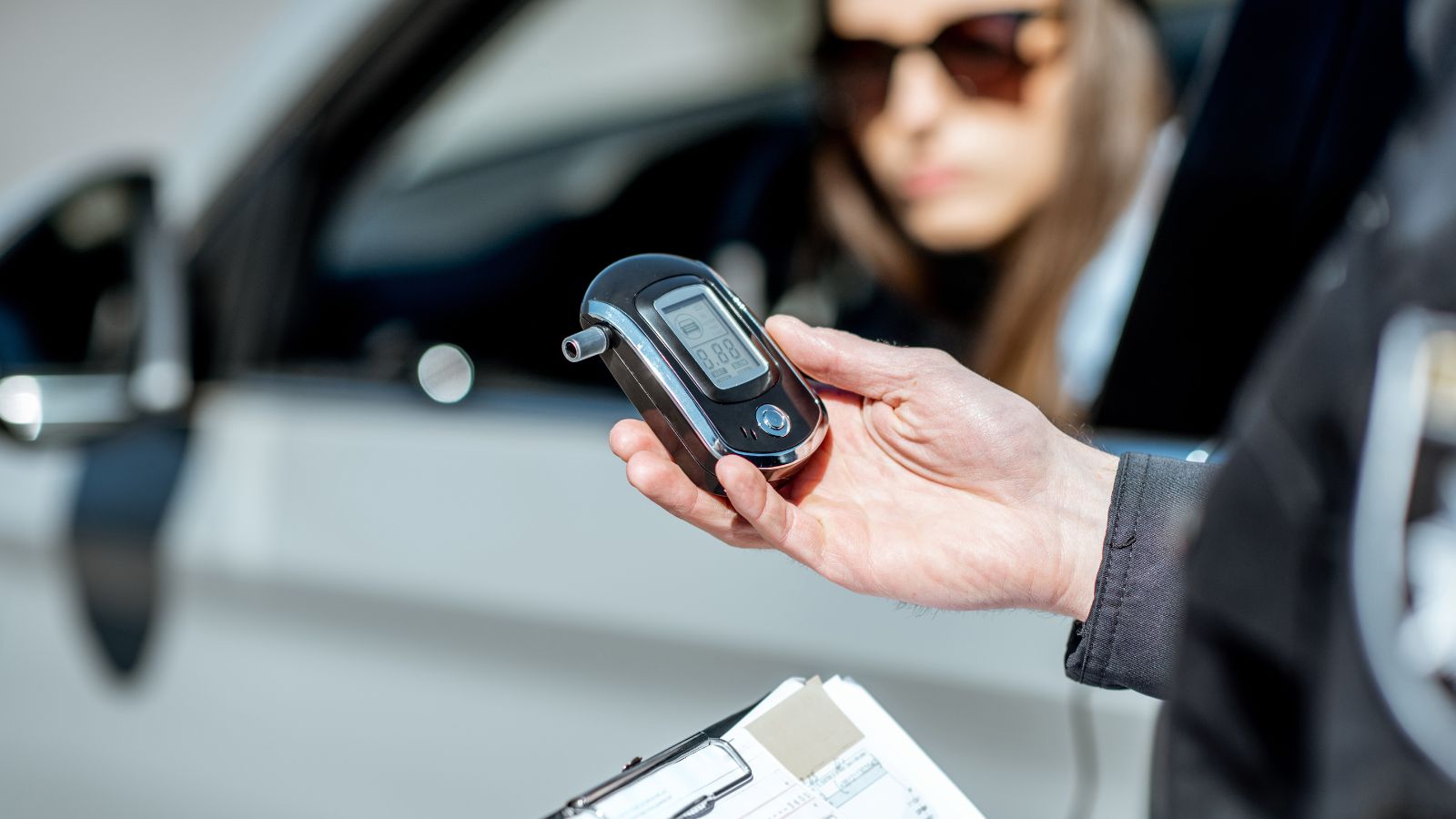
Once stopped, keep your hands on the steering wheel where they can be seen. Officers are trained to look for sudden movements, and keeping your hands visible builds trust immediately. Do not reach for documents until the officer requests them. If you need to reach for something, explain what you are doing before you move. Clear communication reduces tension and prevents misunderstandings.
You Must Provide License, Registration, and Insurance
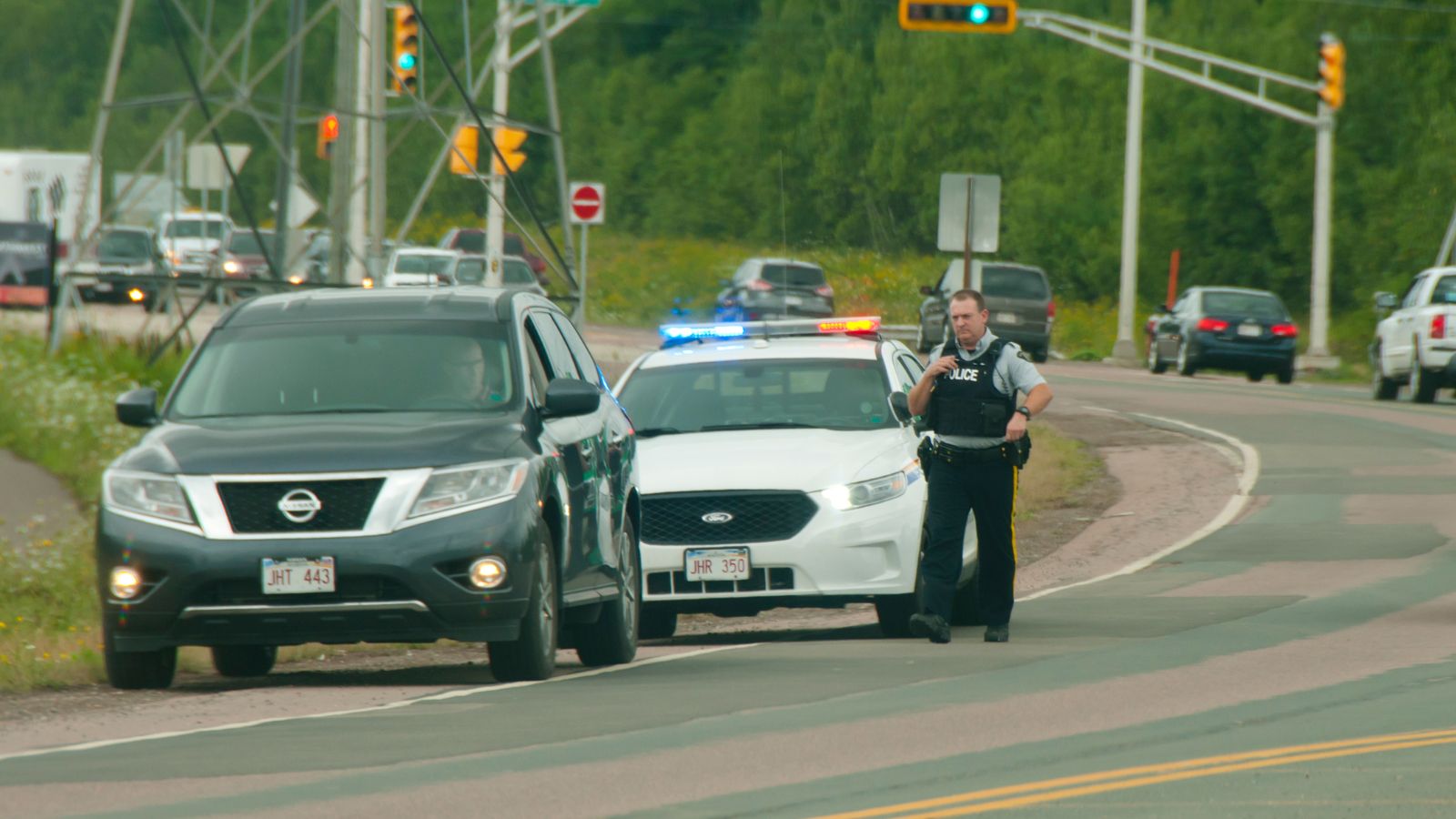
Canadian law requires you to provide three documents during a lawful traffic stop. Your driver license, the vehicle registration, and proof of insurance. You are not required to offer any other paperwork or personal explanation to justify why you are driving. Hand the documents over calmly. If they are in the glovebox or a bag, say where you are reaching to avoid confusion.
You Do Not Have to Answer Every Question

Once your identity has been confirmed, you are not required to answer questions beyond that. Officers often ask where you are coming from, where you are going, or who is in the vehicle. You are allowed to politely decline. A simple answer such as I prefer not to answer keeps the exchange respectful while protecting your right to silence. You are cooperating with the required part of the stop without giving extra information.
You Can Ask Why You Were Pulled Over
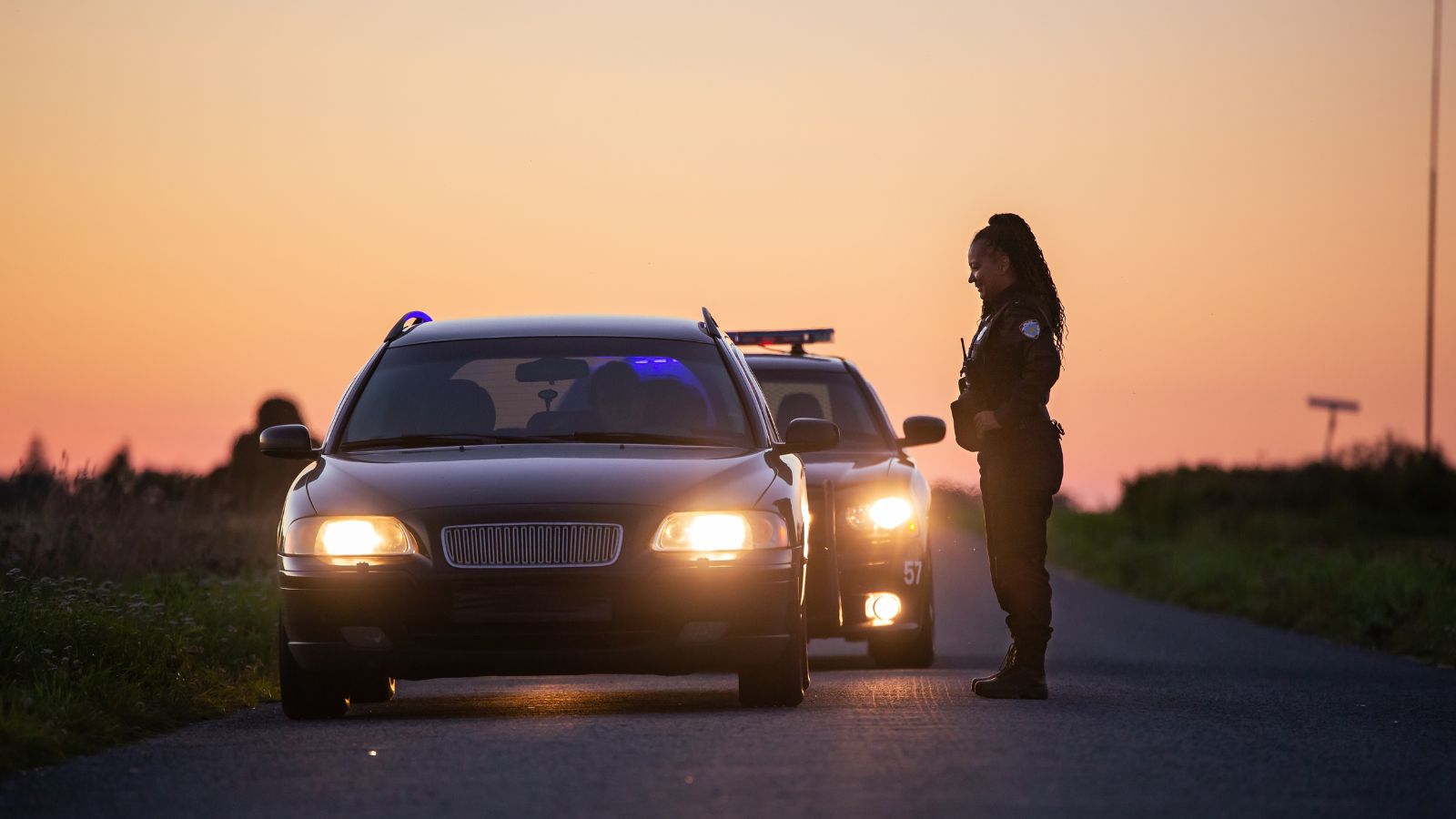
If the officer has not stated the reason for the stop, you may ask. You are entitled to know which law they believe you may have broken. Ask calmly. Something like Could you explain the reason for the stop is enough. An officer should provide a clear answer. This helps you understand the situation and ensures the stop is justified.
You Do Not Have to Consent to a Vehicle Search
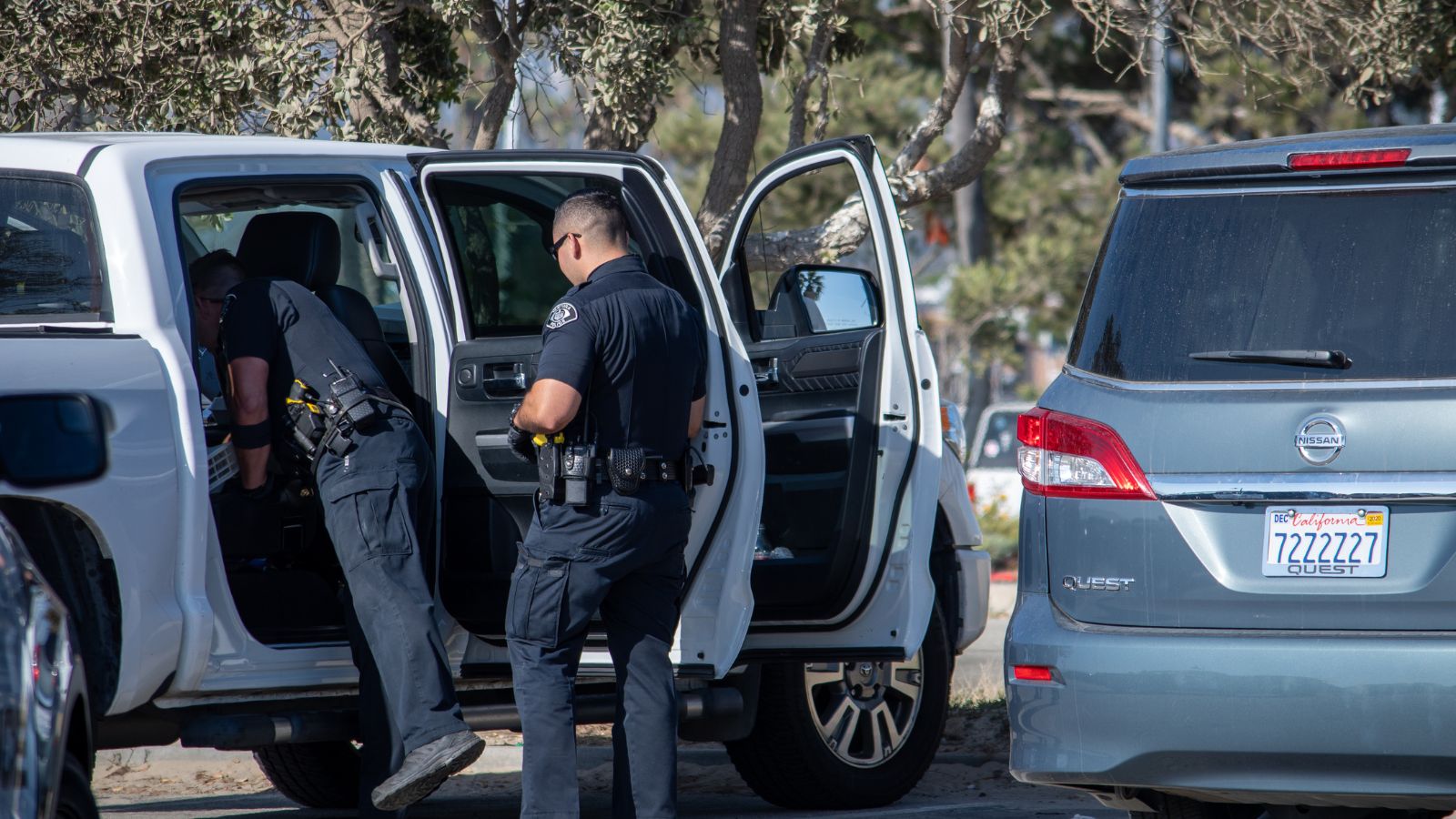
In Canada, police cannot search your vehicle without either your consent, a warrant, or clear legal grounds such as visible evidence of a crime. If an officer asks to look inside, you can say No, I do not consent to a search. This is your right. If the officer searches anyway, do not physically resist. Any dispute over the legality of the search can be challenged later through the legal system. Remaining calm protects your position.
You Can Record the Interaction
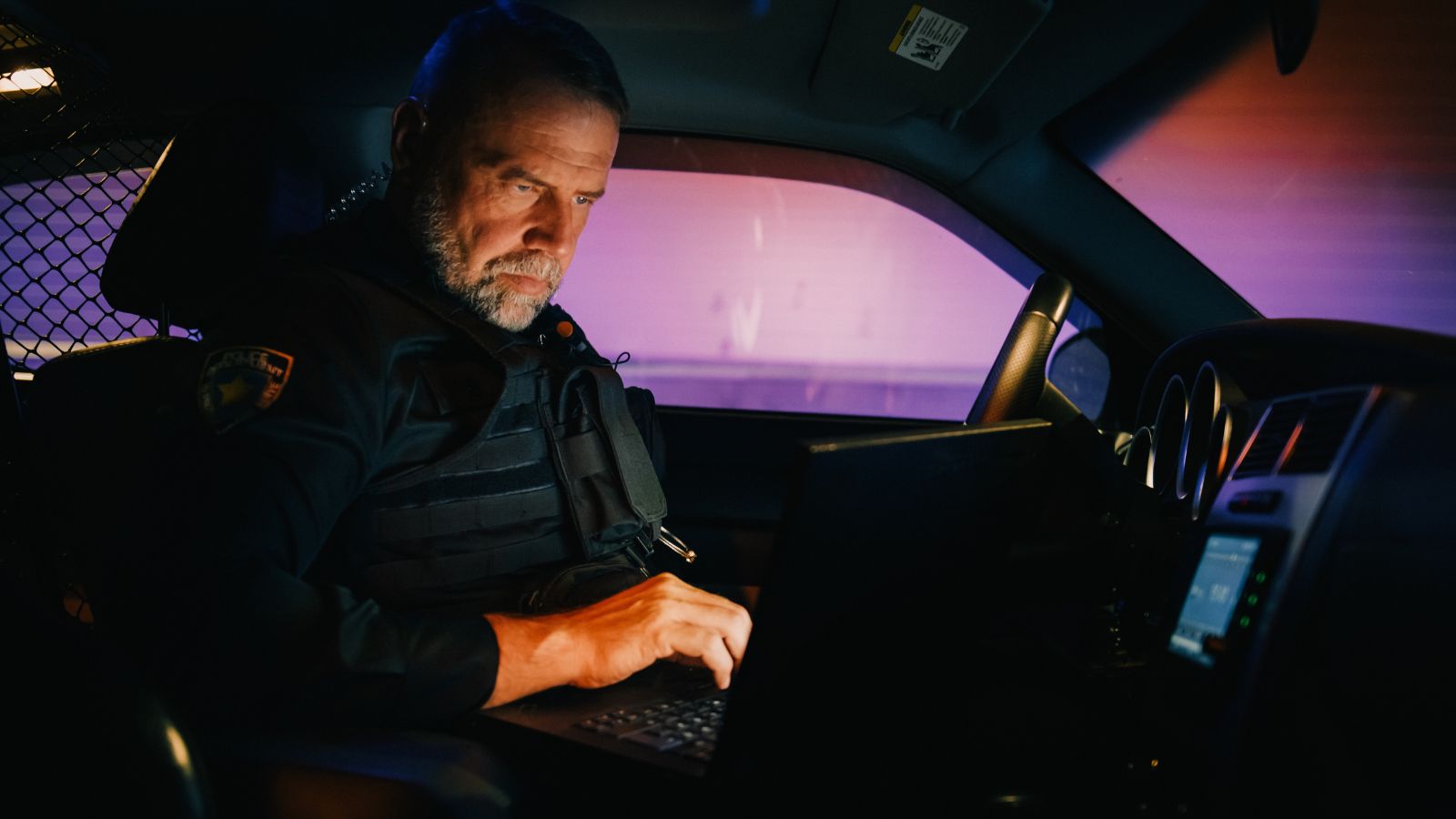
You are allowed to record police during a traffic stop. Your phone can remain on the dashboard or you can start recording before the officer reaches your window. Recording is legal as long as you do not interfere with the stop. Many drivers record to protect their rights, and many officers appreciate the transparency as well. Just avoid sudden movements when handling your phone. State clearly that you are recording so there is no confusion.
Avoid Arguing on the Road

Even if you believe the stop is unfair or mistaken, the roadside is not where legal disputes are resolved. Arguing aggressively can escalate the situation and make things worse. You can challenge a ticket or complaint later, where evidence and procedure matter. The safest approach during the stop is to remain steady and calm. Let the legal process handle the disagreement afterward.
If You Are Asked to Step Out of the Car

Police in Canada are allowed to request that you step out of your vehicle during a proper traffic stop. This may be for safety reasons or to separate discussion from passing traffic. Complying does not mean you are admitting guilt. It also does not remove your right to remain silent. You still control what information you choose to give.
You Can Ask If You Are Free to Go

When the officer finishes reviewing your documents and addressing the reason for the stop, the interaction should end. If the conversation continues without a clear reason, you can ask Am I free to go. If the officer says yes, leave calmly. If the officer says no, you can ask whether you are being detained and on what grounds. This creates a clear legal record of the moment the stop changed.
25 Facts About Car Loans That Most Drivers Don’t Realize

Car loans are one of the most common ways people fund car purchases. Like any other kind of loan, car loans can have certain features that can be regarded as an advantage or a disadvantage to the borrower. Understanding all essential facts about car loans and how they work to ensure that you get the best deal for your financial situation is essential. Here are 25 shocking facts about car loans that most drivers don’t realize:
25 Facts About Car Loans That Most Drivers Don’t Realize
